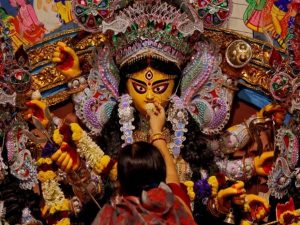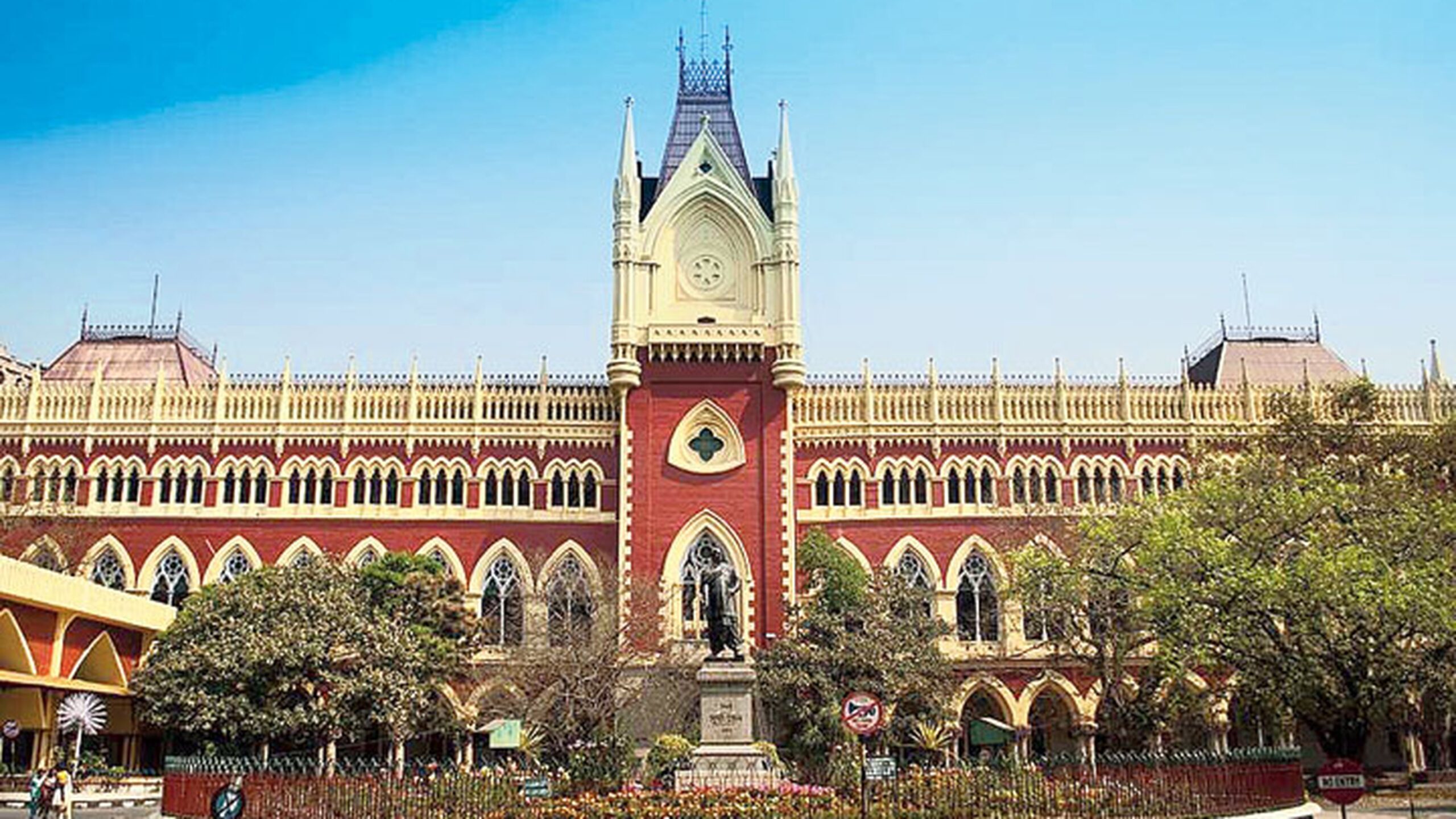Synopsis: On Monday, the Calcutta High Court issued directions to restrict overcrowding and ensure the maintenance of social distancing sstandard during Durga Puja.
In view of the COVID-19 pandemic situation, the Calcutta High Court ordered the State to ensure that puja pandals and the surrounding areas were made no-entry zones for the general public during the conduct of Durga Puja this year.
Since or around March, life has not been normal for the human beings and it would have been better if restrictions were put in place as to how the Durga Puja festival will be celebrated this year.
On Monday, the Bench of Justices Sanjib Banerjee and Arijit Banerjee issued directions to reduce overcrowding and ensure the maintenance during Durga Puja of social distance norms.
The Court ordered the State to limit the entry of people into the Pandals. Although these pandals will be no-entry zones as far as the general public is concerned, it may be permissible to enter those persons approved by the organisers of the puja (priests, etc.). Persons allowed to enter should be identified and their names must be displayed in advance for checks.
There should not be more than 15 persons in a small pandal and 30 persons in a large pandal at any time.
Areas within 10 metres of large pandals were designated for the public to be considered “out-of-bounds.” All the major pandals were considered large in Kolkata. This distance was reduced to 5 metres for the smaller pandals.
In addition, police and local authorities were asked to raise awareness in small towns and villages of the need for social distancing and safety pandals to be maintained.

During the Durga Puja festivities this year, the Bench heard a petition moved by a public interest litigant expressing concerns about overcrowding and the public’s non-adherence to social distancing norms.
The petitioner argued that during the festival, there did not seem to be adequate preparation to prevent overcrowding. Even before the festival began, he cited the lack of compliance with social distancing requirements at shopping malls and market places.
The State, on the other hand, claimed that it was prepared adequately. They submitted a memorandum as well as a book published to support their statement, which outlined the government’s strategy to deploy police officers, monitor overcrowding, manage traffic, enforce safety requirements and other.
The Court found that, in spite of the well-intentioned steps taken by the State, there was no measure to actually execute them. Noting that they were inadequate, the Court acknowledged the apprehension that over-crowding could lead to an uncontrollable increase in the COVID-19 cases, which was true and immediate.
Accordingly, the Court directed the State to enforce the directions referred and disposed off the matter.
The State, however, raised an exception to the directions and demanded that the order be revoked. In a stern rebuke, this was rejected by the Court.
The court observed that it is a matter of concern that the instructions are considered onerous by the State. The prayer is unhesitatingly refused.
The petitioner was represented by Senior Advocate Bikash Ranjan Bhattacharyya and Advocate Sabyasachi Chatterjee, and Advocate-General Kishore Dutta and Advocate Sayan Sinha appeared for the State.

